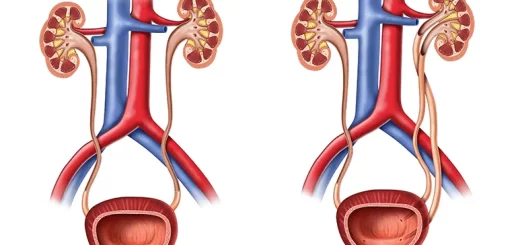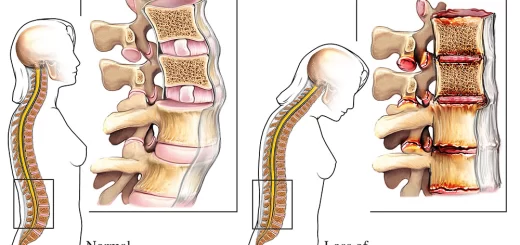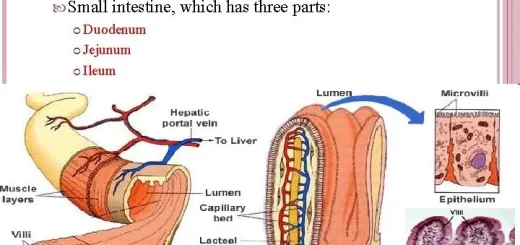Axilla contents, Axillary lymph nodes and Stages of the plexus
The axilla is a four-sided pyramidal space between the root of the ram and chest wall. It allows the passage of the nerves and blood vessels from the neck to upper limb. It has a base, apex, and four walls. The base is directed downwards and is formed by the axillary fascia. The apex is directed upwards posterior to the clavicle.
Boundaries of the apex of the axilla
- Anteriorly; the clavicle.
- Posteriorly: the superior border of the scapula.
- Medially: the outer Border of 1st rib.
The walls of the axilla
The anterior wall is formed by the pectoralis major and minor muscles, clavipectoral fascia, and subclavius muscle. The lower border of the anterior wall is called the anterior fold of the axilla and is formed only by the pectoralis major muscle.
- Medial wall is formed the thoracic wall with the serratus anterior muscle.
- Lateral wall is narrow and formed by the upper part of the shaft of the humerus.
Contents:
- Axillary artery and branches.
- Axillary vein and tributaries.
- Brachial plexus (cords and branches).
- Axillary lymph nodes.
- Axillary fat.
- Axillary tail of female breast.
Axillary Artery
It beings as a continuation of the subclavian artery at the outer border of the 1st rib. It ends at the lower border of the teres major and continues as the brachial artery. The artery is divided into 3 parts by pectoralis minor muscle.
- 1st part: From the lateral border of 1st rib to upper border of pectoralis minor.
- 2nd part: Behind pectoralis minor.
- 3rd part: From the lower border of pectoralis minor to lower border of teres major.
Branches of the axillary artery:
- From the 1st part: 1- Superior thoracic artery.
- From the 2nd part: Thoracoacromial artery, and Lateral thoracic artery.
- From the 3rd part: Subscapular artery, anterior circumflex humeral artery, and posterior circumflex humeral artery.
Axillary lymph nodes
- Anterior (pectoral) axillary lymph nodes.
- Posterior (subscapular) axillary lymph nodes.
- Lateral (brachial) lymph nodes.
- Central lymph nodes.
- Apical lymph nodes.
The anterior nodes (pectoral nodes) are related to the lateral thoracic artery, at the lower border of the pectoralis minor. The posterior nodes (subscapular nodes) lie along the course of the subscapular artery. The lateral nodes lie along the lateral wall of the axilla.
The central nodes are a group of nodes in the adipose tissue at the base of the axilla. The apical nodes are present at the apex of the axilla they receive lymphatics from all other groups and drain into the subclavian lymph trunk.
Serratus anterior muscle
Origin: outer surfaces of the upper 8 ribs by means of 8 digitations.
Insertion: into the scapula.
- First digitations: into the ventral aspect of superior angle.
- Second & third digitations: into the ventral aspect of the medial border.
- Lower five digitations: into ventral aspect of inferior angle.
Nerve supply: long thoracic nerve (nerve to serratus anterior). The long thoracic nerve descends over the serratus anterior and deep to the mammary gland. This explains why the nerve is liable to be injured during the mastectomy.
Action:
- Protraction of the scapula (pulling of the scapula forwards).
- Keeping the scapula in contact with the chest wall.
- Raising the arm above the head (its lower fibers & trapezius).
- Acting from its insertion during forced inspiration.
Clinical notes: Winging of the scapula: Injury of the long thoracic nerve e.g. during mastectomy leads to the projection of the medial border of the scapula.
Brachial plexus
It is a network of nerves supplying the upper limb. It is formed of the ventral rami of the lower 4 cervical spinal nerves and the 1st thoracic nerve (C5, 6, 7, 8, and T1).
Stages of the plexus
1- Roots: Ventral rami of the lower 4 cervical nerves (C.5,6,7, 8). The ventral ramus of the first thoracic nerve (T1).
2- Trunks: Upper trunk is formed by the union of the C5 and C6. Middle trunk is formed by the C7. Lower trunk is formed by the union of the C8 and T1.
3- Divisions: Each trunk divides into 2 divisions: anterior and posterior division.
4- Cords:
- Lateral cord: (anterior divisions of the upper and middle trunks; C.5,6,7).
- Medial cord: (an anterior division of the lower trunk only; C.8, T.1).
- Posterior cord: (posterior divisions of the 3 trunks; C.5,6, 7, 8, T.1).
Position of the stages of the plexus:
- Roots and trunks are present in the posterior triangle of the neck.
- Divisions: are present behind the clavicle.
- Cords: are present in the axilla.
5- Branches of the plexus
A. Branches from the roots:
- The dorsal scapular nerve.
- Long thoracic nerve.
B. Branches from the trunk:
- Suprascapular nerve.
- Nerve to subclavius.
C. Branches from the cords:
Medical cord:
- Medial Cutaneous nerve of the arm.
- Medial Cutaneous nerve of the forearm.
- Medial pectoral nerve.
- Medial root of the median nerve.
- Ulnar nerve.
Lateral cord:
- Lateral pectoral nerve.
- Lateral root of the median nerve.
- Musculocutaneous nerve.
Posterior cord:
- Upper subscapular nerve.
- Lower subscapular nerve.
- Nerve to latissmus dorsi.
- Axillary nerve.
- Radial nerve.
Histogenesis of Bone, Repair of Bone fractures, Steps of Bone Growth
Types of bones, Histological features of compact bone & cancellous bone
Back muscle anatomy, types, structure, importance & names
Bones of upper limb structure, function, types & anatomy
Bone (Osseous Tissue) types, structure, function and importance
Arm structure, compartments, muscles, anatomy & Cubital Fossa contents



